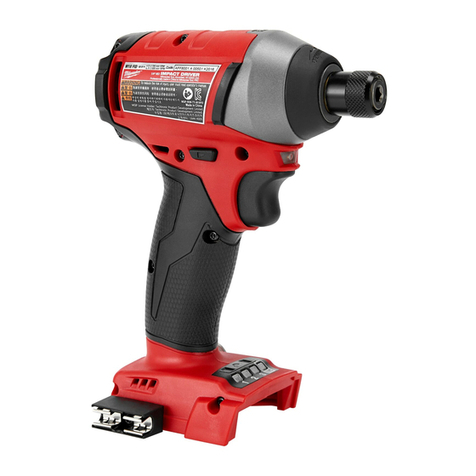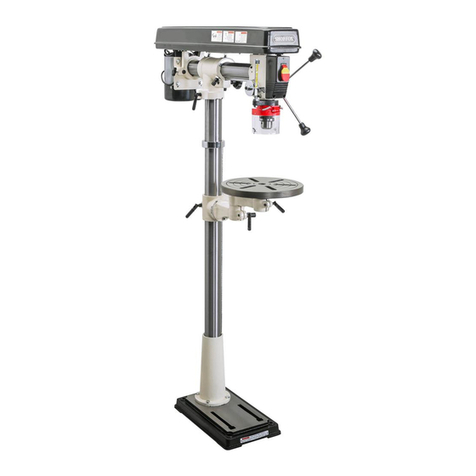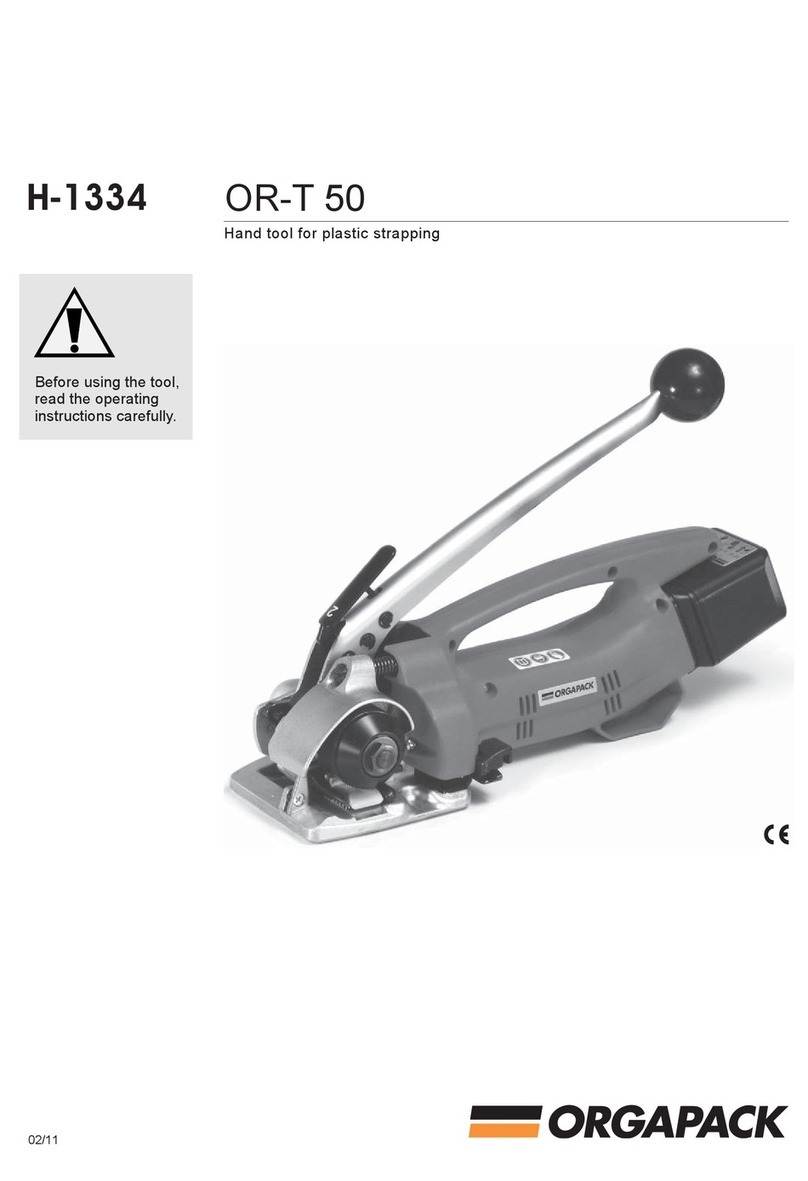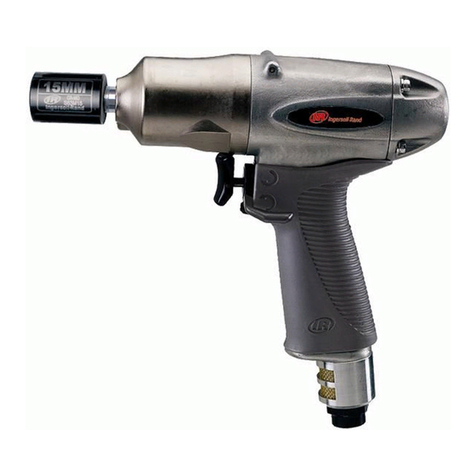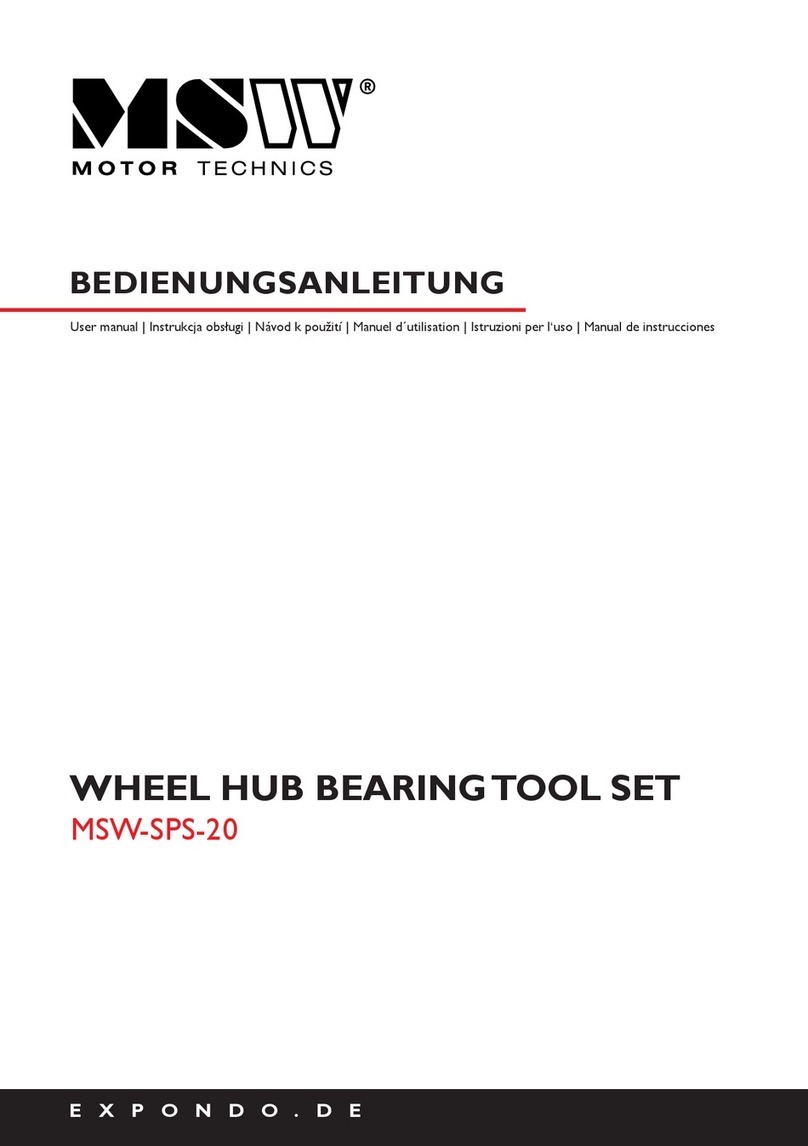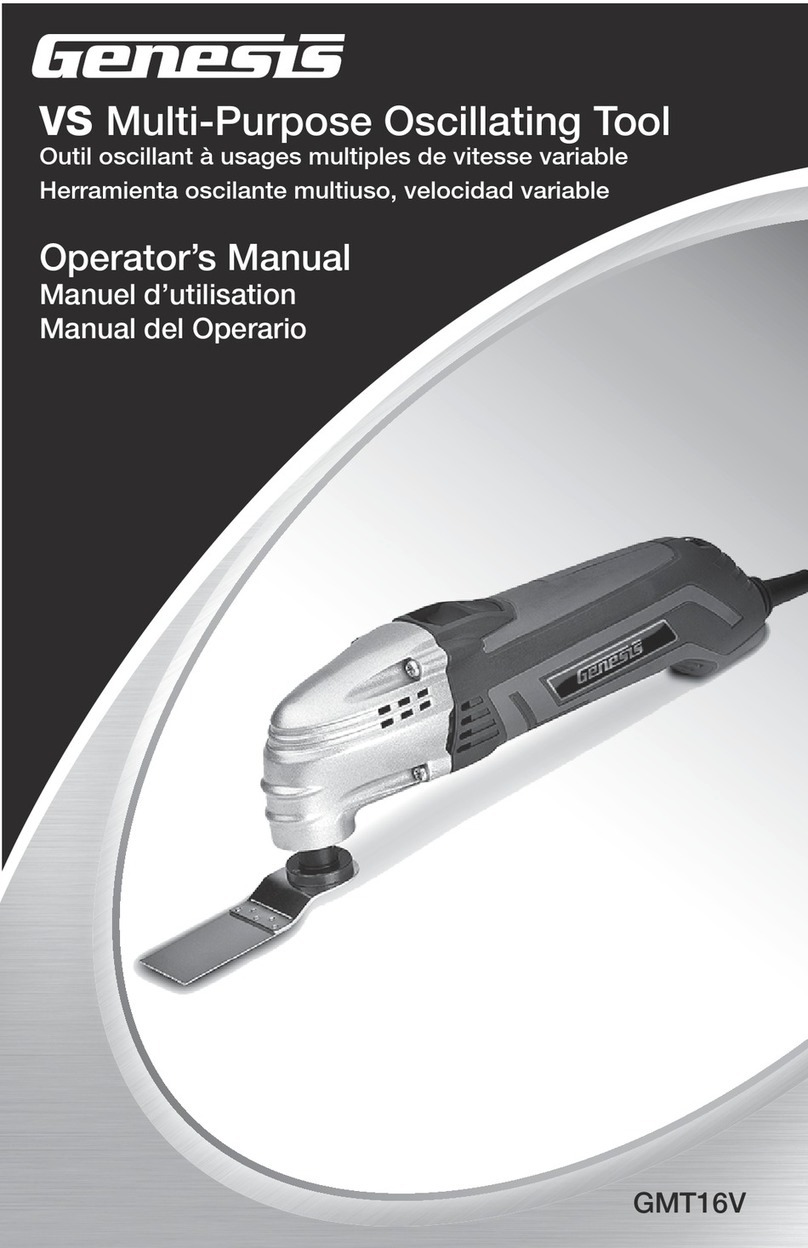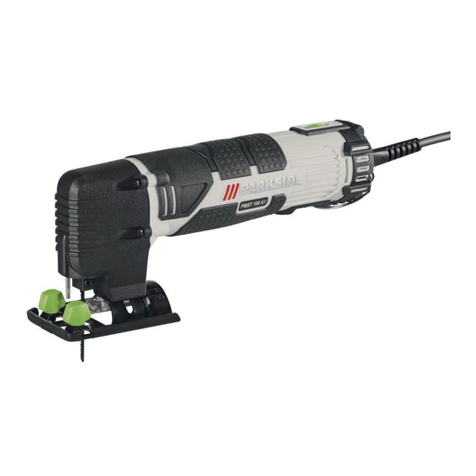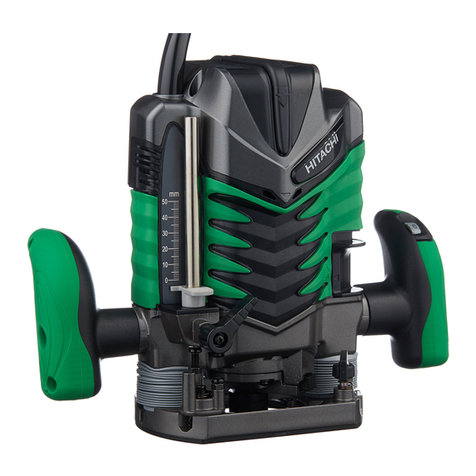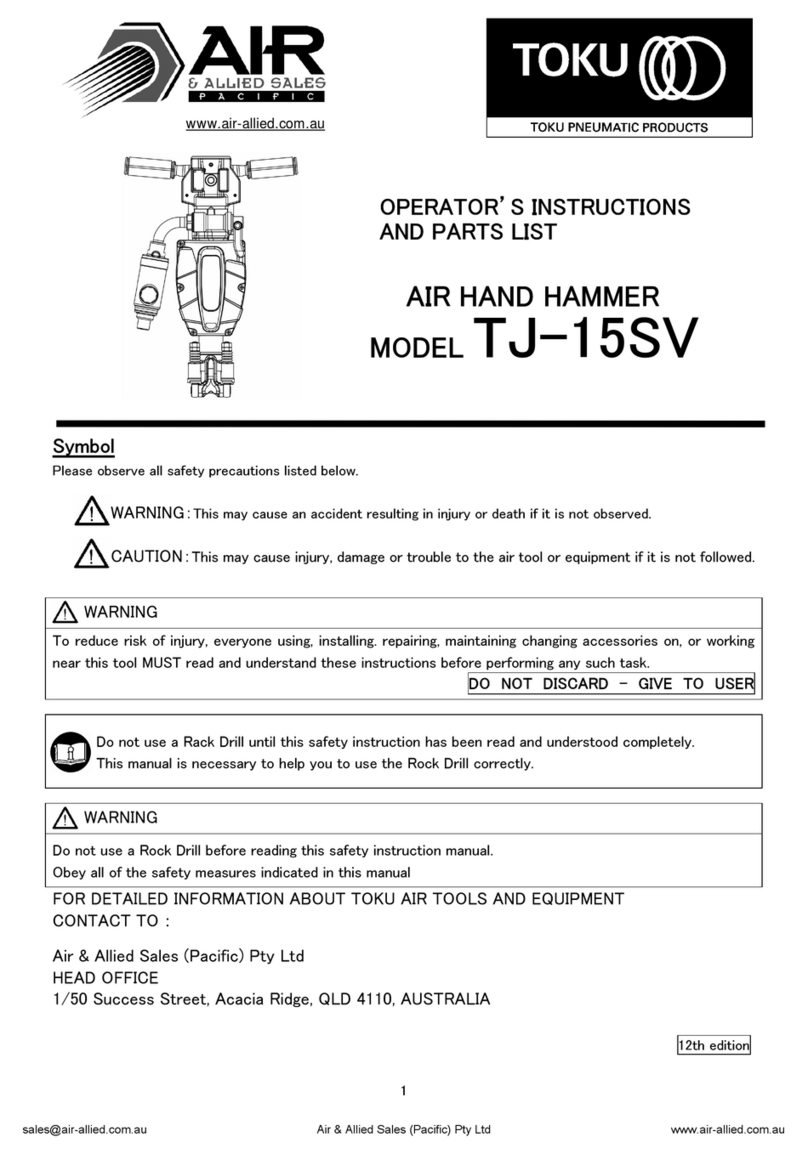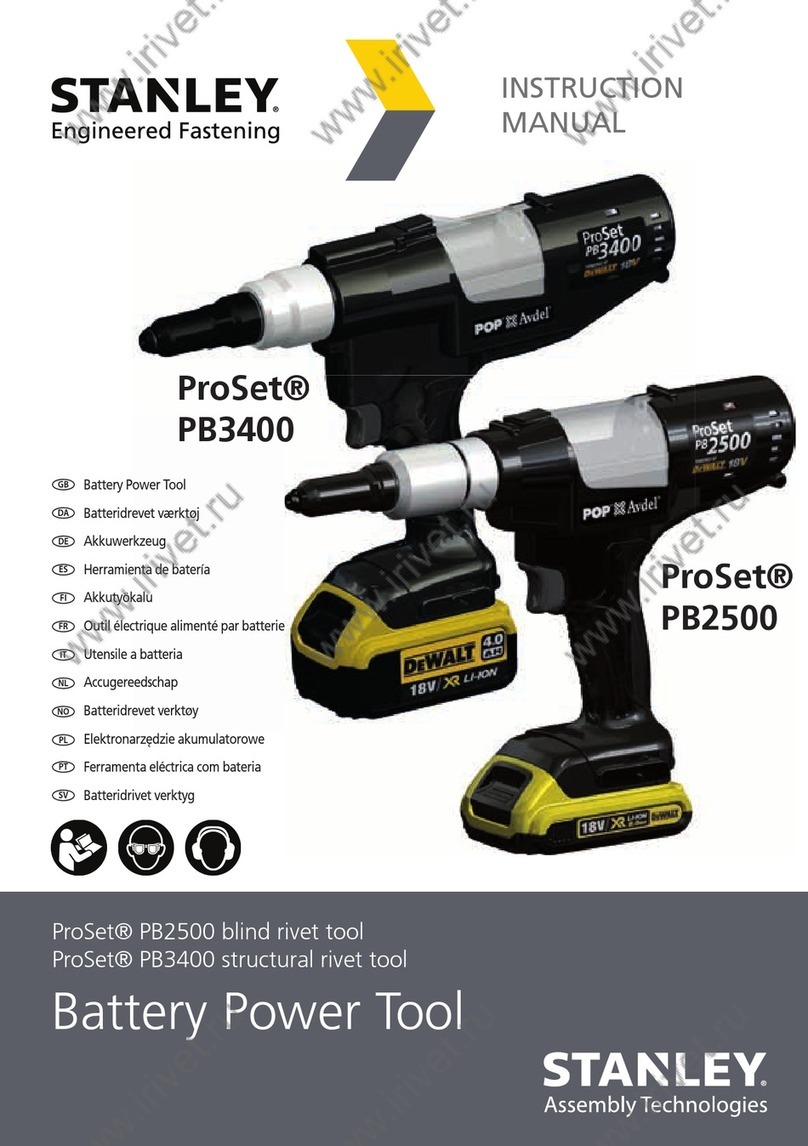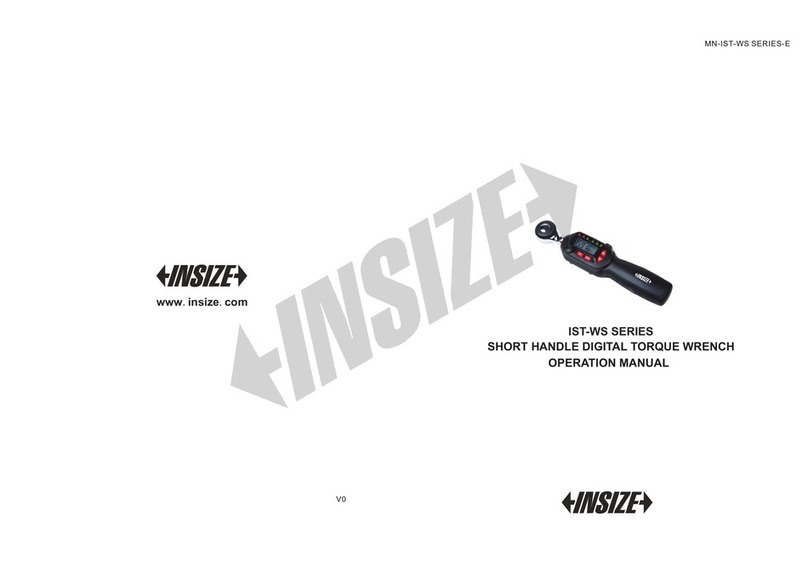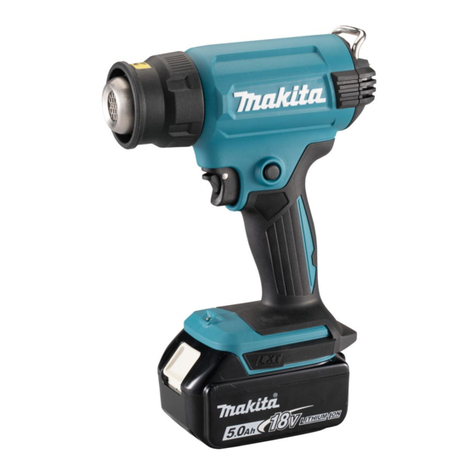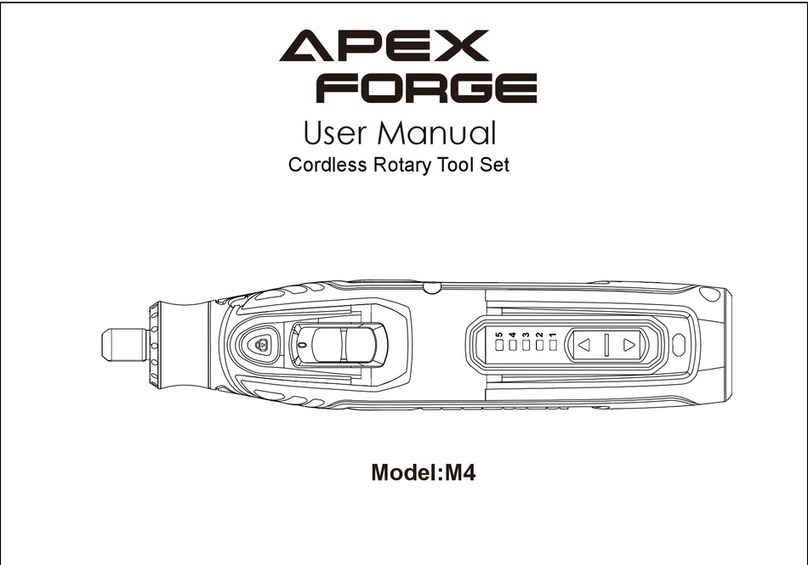EQUILAB EQP-30 User manual

EQP-30 Equilab Manual Hydraulic Pellet Press
1
MANUAL HYDRAULIC PELLET PRESS
EQUILAB EQP-30
User Manual

EQP-30 Equilab Manual Hydraulic Pellet Press
2

EQP-30 Equilab Manual Hydraulic Pellet Press
3
INDEX
Safety measures EQP-30 Manual Hydraulic Pellet Press......................................................... 5
Generalities ................................................................................................................................. 7
Crakcs in the pellet...................................................................................................................... 8
Binding agents............................................................................................................................. 9
Technical characteristics............................................................................................................ 11
Installation.................................................................................................................................... 12
Press components ...................................................................................................................... 13
Accessories.................................................................................................................................. 14
Preparing to work with the press ............................................................................................... 15
How to use the press .................................................................................................................. 16
Important ..................................................................................................................................... 20
Removing the piston cover......................................................................................................... 21
Maintenance / Technical service ............................................................................................... 23
General dissasembly .................................................................................................................. 24
Dissasembly of the piston........................................................................................................... 25
Right hand side dissasembly 1................................................................................................... 26
Right hand side dissasembly 2................................................................................................... 27
Pump and closure dissasembly ................................................................................................. 28

EQP-30 Equilab Manual Hydraulic Pellet Press
4

EQP-30 Equilab Manual Hydraulic Pellet Press
5
MEDIDAS DE SEGURIDAD AL TRABAJAR CON LA
PRENSA PELETIZADORA HIDRÁULICA MANUAL EQP-30
• Lea este manual antes de realizar cualquier operación con su prensa.
• La prensa EQP-30 ha sido concebida para elaborar pellets ejerciendo una presión de 30
toneladas. Cada prensa EQP-30 incluye una válvula de seguridad que liberará
automáticamente cualquier nivel de presión superior a 34 ó 35 toneladas. Aunque lo intente
nunca podrá mantener niveles de presión superiores a 32 toneladas.
• No introduzca manos ni parte alguna de su cuerpo en la zona de trabajo.
• Asegúrese de que la unidad esté correctamente posicionada y centrada antes de iniciar la
operación.
• El incumplimiento de estas medidas de seguridad puede ocasionar daños al usuario, la
prensa o a alguno de sus componentes.
SAFETY MEASURES FOR THE MANUAL PELLET PRESS EQP-30
• Read this manual before carrying out any operation with your press.
• The EQP-30 press has been designed to produce pellets with a pressure of 30 tons. Each unit
of EQP-30 press includes a safety valve that will automatically release any pressure level
greater than 34 or 35 tons. Even if you try, you will never be able to hold pressure levels higher
than 32 tons.
• Do not put your hands or any other body part in the operations area.
• Make sure that the tool is positioned and centered correctly before starting.
• Failure to comply with these safety measures may cause damage or injury to the user, the
press, or some of its components.

EQP-30 Equilab Manual Hydraulic Pellet Press
6

EQP-30 Equilab Manual Hydraulic Pellet Press
7
The EQP-30 Manual Hydraulic Pellet Press is a
unit especially designed to prepare beads/pellets
for their subsequent analysis by XRF.
The preparation of pellets is a common technique that enables the user to handle the
samples with ease, as well as obtaining repeatable analytical results.
The technique consists in compressing the particles of the powder sample (by itself of
with a binding agent) until obtaining a perfectly homogeneous pellet with a flat surface,
mechanically robust and without cracks or dust that may be released easily.
There are some points that we must consider when preparing the pellet:
Strength/Pressure
It is actually quite common to confuse STRENGTH with PRESSURE or viceversa,
these are related to each other as:
Pressure = Strength / Surface
The pressure is usually stated in Kg/cm2or in ton/in2.
In our case, the pressure (Kg/cm2) supplied by the hydraulic pump will provide a
strength of 10, 15 or 20 tons (depending on the model) on the surface of the sample.
If we use the pressure units, the strength applied in the pressing of the pellets will
depend on the size of the same, therefore we think that it will be more useful if we
explain ourselves with strength units (ton).
To obtain repeatable analytical results, it will be essential that all the samples are
prepared and pressed in the same way, and always with the same strength.
Pellets made of the same sample but with different compacting strength, will produce
different RX intensities, and therefore, different analytical results.
For this reason, it will be more convenient to use the strength units rather than the
pressure ones, and thus avoid mistakes due to the different size of the pellets,
especially in tests carried out by different laboratories on the same samples.

EQP-30 Equilab Manual Hydraulic Pellet Press
8
Cracks in the pellet
One of the most common issues when preparing the samples are the cracks caused in
the pellets after their decompression.
Some of the most common causes of cracks are the following:
1. Compacting Pressure:
The reccomended pressure for the majority of samples is 20 ton.
It will be necessary to produce several pellets until finding the adequate pressure
for each type of sample.
2. Pressing time:
This is the time we have to keep the sample subject to the selected strength to
achieve the complete compacting of the powder particles.
Times between 5 and 10 seconds are generally enough for most of the samples.
3. Milling:
The size of the particles is an important point when preparing a pellet.
In most of the powder samples, we could find particles of very different shapes:
oblong, round, etc. We can also find varied hardness.
If the particles are too big, the preparation of the pellet will prove very difficult. It
might cause even quite often cracks appearing in the pellet.
We recommend to mil the sample to a analytical grain size of
m
µ
200≤
.
EQUILAB recommends
EQR-200 Vibratory Disc Mill
Initial sample size: Ø 15 mm
Final sample size: Ø 50 µm
EQM-402 Ball Mixer Mill
Initial sample size: Ø 1,5 mm
Final sample size: Ø 10 µm

EQP-30 Equilab Manual Hydraulic Pellet Press
9
Binding agents
To obtain beads more easily and with a higher degree of compaction, generally we use
binding agents, which makes the manufacture of the pellets more comfortable.
Waxes (stearic acid)
Wax is the most widely used binding agent. It helps to obtain a good result with the
majority of the samples.
The wax is mixed with the sample during the milling process, to a percentage of
between 5 and 10%.
EQUILAB recommends
EQP-WAX – Wax C for pellets RX – Bottle of 1kg
EQP-CAS – Aluminium cups Ø 40mm x 12 mm – pack of 1000 ud
Boric Acid
It is heat resistant and very abrasive. Used generally with samples that tend to melt
during the milling process.
This acid is mixed with the sample during the milling process, to a percentage of
between 5 and 10%.
EQUILAB recommends
EQP-BORA – Boric Acid – Bottle of 5 kg

EQP-30 Equilab Manual Hydraulic Pellet Press
10
MANUAL
USER GUIDE
This User Guide has been issued to inform the users about all the possibilities
available with the EQP-30 press.
This technical data will allow the user to get the most from their unit,
undertaking reliable and safe pressing procedures, both for the user and the
unit.
It is essential to read this Guide before starting to
work with the EQP-30 press

EQP-30 Equilab Manual Hydraulic Pellet Press
11
Technical characteristics
The EQP-30 has got the following elements:
• Machined carbon-steel base.
• A gantry: made by two steel walls that fit on the said base, and a spindle.
• An hydraulic circuit.
In order to know the pressure exerted by the press at each given moment, the tool has got an
easy to read analog gauge.
Height
410 mm
Width
315 mm
Depth
200 mm
Diameter of the table
95.5 mm
Useful height
96.4 mm
Useful width
178.5 mm
Piston stroke
19.4 mm
Piston diameter
120 mm
Weight
56 kg
Maximum pressure admitted
280 bars (4026 psi) – 32000 kg
Maximum recommended pressure
260 bars (3775 psi) – 30000 kg
On arrival
If the unit must be stored for some time before its installation, please keep it in dry place away
from heat sources and areas where it could be battered.
As a first measure, a visual inspection of the packaging must be carried out in order to ensure
that the unit has not suffered any damages on transit.
If there was any damage to the packaging, please contact immediately your supplier before
unpacking the unit.
If the packaging is fine, please unpack the unit, removing the upper lid of the box and
afterwards the side panels.
NOTE:
Please keep the box for some time in case any issue would arise and you would need
to return the press to the supplier.
Please check that all the elements are present and that all the requested accessories have
been included with the unit.
If the supply is not complete, or there is any faulty item, please contact immediately with the
supplier and inform of the issue.
Given that the press weighs 56 kg we recommend that the unit is taken
to the place where it will be installed using adequate means.

EQP-30 Equilab Manual Hydraulic Pellet Press
12
Installation
For a correct installation, the press must be placed on a surface as flat as possible. Do choose
a solid and stable surface – please remember that the press weighs 56 kg. It must be installed
in a clean and dry area, away from heat sources and passageways.
In order to ensure the stability of the EQP-30 no legs are attached to the base. A non-slip silicon
mat is provided with the unit. This mat will serve as base to the press and also as easy clean
working area. Put the mat in the place destined to the press, and follow the instructions written
in the mat to place the press on it – please bear in mind that the press is built with very solid
materials and weighs 56 kg, you may need some help to lift it and place it in the marked area -.
To avoid innecessary efforts to the user, the press must be placed as close as possible to the
processing and sampling table.
Correct installation of the EQP-30 press (top view):
1 – Work table.
2 – Minimum working space recommended.
3 –EQP-30 Press non-slip mat.
4 – Space reserved to place the EQP-30 Press.
5 – EQP-30 Press (top view).
6 – Border of the table and location of the user.

EQP-30 Equilab Manual Hydraulic Pellet Press
13
Press components
A. Approach spindle
B. Safety door
C. Spindle base
D. Lever
E. Gauge
F. Hydraulic oil tank cap
G. Pressure adjustment knob

EQP-30 Equilab Manual Hydraulic Pellet Press
14
Accessories
This is a very versatile press as it can prepare pellets/tablets of different diameters just by
chanching the pressing tool – also called pellet die -.
Although the most common pellet/tablet diameters are 40 and 32 mm, Equilab also offers
pressing tools for other diameters.
We also have got steel ring pressing tools. This tool is generally chosen to include it in
automated processes.

EQP-30 Equilab Manual Hydraulic Pellet Press
15
Preparing the press for working
Hydraulic oil tank cap
To avoid possible oil leaks during transportation, The EQP-30 Manual Hydraulic Pellet Press
is supplied with a ¼” cap (EQP-30-57). As told previously, the only purpose of this capi s
to avoid oil leaks during transportation and must be replaced before starting to use the
press.
Once the press is received, the packaging has been visually checked, and confirmed that all the requested
accessories have also arrived, the press is ready to be installed. The process is the following:
-Place the non-slip mat (EQP-30-56) in the place where the press will be installed.
-The mat has got some safety markings within which the press is to be placed. These marks have
been especially designed to avoid the unintentional overturning of the press in case an excessive
pressure is applied on the lever. This rule must always be respected. Please place the press
inside the marked area.
-Afterwards, remove the cap located opposite the gauge (E) and replace it by the air breather cap
with the rod (F) (see picture 1).
-To release the pressure of the press turn the Pressure Knob (G) anticlockwise. This lever has got
a double action system, please try by pulling it upwards: this way you can change the initial
starting position of the turn, making it easier.
-Installing the lever: remove the upper screw (62) from the Upper Lever Holder (EQP-30-29).
Insert the lever taking care to make coincide the holes in the lever (EQP-30-30) and in the holder
(EQP-30-29). Screw the lever to fix it.
Hydraulic oil measure
Before starting to work, it is important to check the measure of the oil in the tank.
This is made as follows:
1º. First release the pressure turning the Pressure Knob (G) anticlockwise.
2º. Place a pressing tool between the Approximation Spindle (A) and the Spindle Base (C); turning the
Pressure Knob clockwise we will push the piston down to its lowest position.
3º. Push down the lever (D).
4º. Unscrew the air breather cap (F) and clean the measuring rod.
5º. Screw back the cap (F) firmly with the rod now clean.
6º. Unscrew again the cap to check the oil level. If it is between the minium and maximum levels, we can
place it again and start working.
If the oil level is over the maximum, it is necessary to remove some oil, whether with a pipette or opening
the screw (EQP-30-51) located under the oil tank, taking care to put some recipient below to collect the
excess oil.
Picture 1

EQP-30 Equilab Manual Hydraulic Pellet Press
16
If on the contrary the level is under the mínimum recommended, add oil using the device provided.
Check the oil level again if you have had to decrease or increase the same.
How to use the press
1. Mix the sample with the binding agent. The recommeded method is to use a Vortex
stirrer to homogenize sample and binding agent quickly, comfortably, effectively, and in
a repeatable manner.
The vortex Equilab is the most appropriate to help you prepare samples for pressing, as
it includes a holder for accessories especially designed to mix and homogenize
samples.
2. Mix the sample with the binding agent in the vessel provided with the Vortex EQUILAB
EQ-VO. Then place within the steel balls also supplied.

EQP-30 Equilab Manual Hydraulic Pellet Press
17
3. Cover the vessel and insert it in the special holder the EQUILAB Vortex has got.
Press the tilt selector switch to position 2 and set the appropriate speed – the unit offers
a range from 0 to 3000rpm -, keep the sample stirring for 30 to 60 seconds.
Your sample is now correctly mixed and homogenized.
4. Once the sample is homogenized, remove the top cover of the pressing tool and place
an empty aluminium cup. When the cup is in place, put the mixture in.
EQUILAB recommends
Vortex Stirrer
EQ-VO
To mix and homogenize solid
and liquid samples quickly and
comfortably.

EQP-30 Equilab Manual Hydraulic Pellet Press
18
5. Place the metallic disc (coin) directly over the sample. Then put in the top cover in the
cylinder.
6. With the pressure knob (G) completely open (two turns) place the pressing tool in the
base of the spindle (C) taking care to put the tool in the centre: you can use the
concentric rings engraved in the base. Move the spindle (A) to touch the tool and then
continue pressing until the base (C) reaches its lowest level before undertaking the
pressing process.
UNDERTAKING THE PRESSING PROCESS WITHOUT HAVING BROUGHT DOWN THE
PISTON MAY DAMAGE THE UNIT.
7. Close the pressure knob (G) and start manual pumping. Do control with the manometer
the applied pressure (maximum recommended 30 tons). Keep the chosen pressure for
at least two minutes to ensure a good compaction of the pellet.

EQP-30 Equilab Manual Hydraulic Pellet Press
19
THE EQUILAB EQP-30 MANUAL HYDRAULIC PELLET PRESS INCLUDES AN AUTOMATIC EXCESS
PRESSURE RELEASE SYSTE, WHICH WILL START AUTOMATICALLY WHEN REACHING 32/33
TONS. THAT WAY THE UNIT WILL NEVER REACH NOR MAINTAIN PRESSURE ABOVE THESE
VALUES (32/33 TONS)
8. To ensure an optimum quality of the pellet, please proceed as follows: first ease the
pressure knob (G), and hoist up the spindle lightly (A) to be able to remove the pressing
tool. At this moment, please only remove the bottom part of the pressing tool.
9. When you have removed the bottom part of the pressing tool, place it again in the base
(C), but this time the other way around, that is, with the open part upwards, adjust again
the pressure knob (G) and lower the spindle (A) until the bottom part of the pressing tool
pushes the pellet upwards. In the case when we could not remove the pellet only by
turning the spindle (A), make a second press cycle and pump pressure again until the
bottom part of the tool moves the pellet to the upper part.

EQP-30 Equilab Manual Hydraulic Pellet Press
20
10. When the pellet has been pushed to the top part of the pressing tool, ease again the
pressure knob (G), and move the approximation spidle upwards (A), until we can
remove the tool. Now you can remove the pellet. The unit is now ready to undertake a
new pressing cycle.
Each 50 bars (725 psi) a pressure of 5.650 kg is applied. Thus, for 100 bars (1450 psi) you may
obtain 11.300 kg; for 200 bars (2900 psi), 22.600 kg; up to a maximum of 265 bars (3843psi)
equal to 30.000 kg. It is not recommended to use the press up to its maximum as the gauge
could suffer mechanical alterations, as well as lower the useful life of the other elements of the
press.
The maximum recommended pressure is 30 tons, please remember that this press
includes an automatic excess pressure release system that shall release automatically
any pressure going above 32 ó 33 tons.
If necessary, please use only EXTRA hydraulic oil (SAE 10). On no account other liquids
are to be used
Important
Any manipulation of this press must be carried out by Equilab staff. Failure to comply
with this norm will result in the warranty being cancelled.
All the assembly and disassembly operations must be undertaken with utmost care, to
avoid damages to the press or its elements.
A big leak of oil between the plunger of the pump (EQP-30-26) and the nut (EQP-30-41)
when the lower plate goes down to rest position, is an obvious signal of too much oil. In
this case please unscrew the oil filling screw (F) and remove the excess oil until the level
is between the Max. and Min. marks (Picture 1).
If when pushing/pumping on the lever (D) you notice that the press is not building up
pressure, this may indicate that the level of hydraulic oil is low. We recommend that you
check the oil level.
Table of contents
